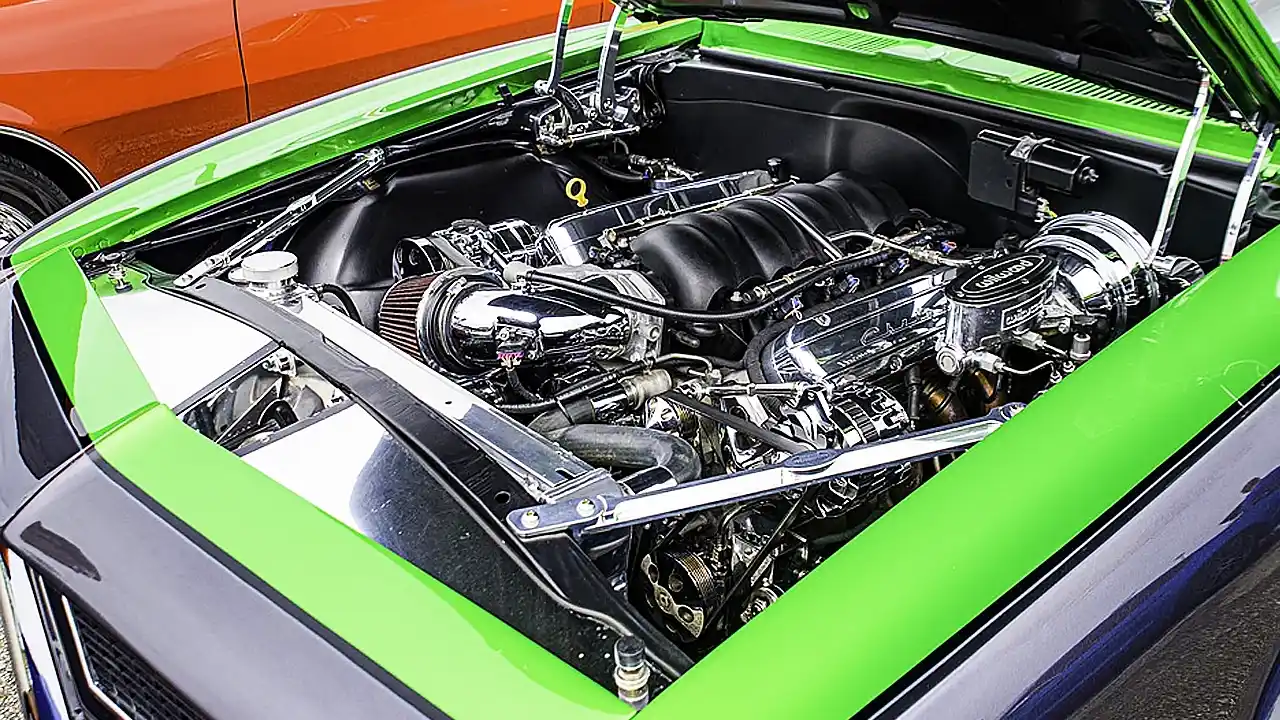Home »
With the possibility of more power, performance, and customization, engine swaps have long piqued the interest of auto enthusiasts. We will go over the procedures, challenges, and considerations in this detailed guide comprehensive guide.
Understanding Engine Swaps
Engine swaps involve replacing the original engine of a vehicle with a different one, often for performance, reliability, or customization reasons. The successful exchange requires careful consideration of several elements, even though the principle appears simple.
Can you put a v8 engine in a v6 car?
To be technically correct, it is possible to swap out a car’s V6 engine with a V8 engine, but doing so is known as an engine swap and is quite expensive. If making such a change is something you’re considering, keep the following points in mind:
- Compatibility and Fit
- Transmission and Drivetrain
- Mounting and Support
- Electrical and Electronic Modifications
- Legal and Insurance Issues
- Cost and Labor
- Handling and Safety
Engine Bay Space
The first consideration is whether the engine bay of the V6 car can accommodate the larger V8 engine. It involves assessing the physical dimensions of both engines and comparing them to ensure adequate clearance for installation. In some cases, modifications to the engine bay or relocation of components may be necessary to make room for the V8.
Compatibility
Compatibility extends beyond just physical dimensions. The V8 engine must be compatible with the car’s transmission, drivetrain, and electronics. Incompatibility in these areas can lead to significant challenges during the installation and may require additional modifications or adaptations to ensure seamless integration.
Structural Integrity
The chassis and suspension parts of the car may be subjected to increased stress when a larger, more powerful engine. It’s essential to evaluate whether the vehicle’s structure can handle the increased power and torque without compromising safety or performance. Reinforcements or upgrades to the chassis may be necessary to support the added weight and power of the V8 engine.
Cooling and Exhaust Systems
A V8 engine typically generates more heat than a V6, requiring a robust cooling system to prevent overheating. Additionally, the exhaust system must be modified or replaced to accommodate the increased airflow and cylinder count of the V8 engine. Upgrading to a larger radiator, high-flow cooling fans, and performance exhaust components may be necessary to ensure optimal engine performance and reliability.
Electrical System
Modern vehicles rely heavily on electronic systems for engine management, fuel injection, and other functions. Swapping to a different engine may require adjustments to the electrical system, including wiring harnesses, sensors, and control modules. For the engine to run and perform as intended, compatibility problems with the vehicle’s onboard computer system.
Challenges and Considerations
While the idea of a V8 engine swap may sound appealing, there are several challenges and considerations that potential enthusiasts must address:
Cost
Engine swaps can be expensive, requiring not only the purchase of a new engine but also various supporting components, modifications, and labor costs. Additionally, unforeseen challenges during the installation process can further escalate expenses. A thorough budget that accounts for all possible charges before starting an engine swap process.
Legal and Regulatory Compliance
Modifying a vehicle’s engine configuration may impact compliance with emissions regulations and safety standards. Before proceeding with an engine swap, it’s essential to research and understand the legal implications and ensure that the modified vehicle remains road-legal. Depending on local laws and regulations, emissions testing and certification may be required to register the modified vehicle for road use.
- Nearly 30% of UK Drivers Believe Car Tax Should Be Based on Mileage — Survey
- Why Planes and Boats Escaped the Luxury Tax But Cars Didn’t
- Australia’s Headlight Confusion: Authorities Warn Drivers After Viral $250 Headlight Rule Goes Wild Online
- 2025 Hyundai Venue Facelift Launched in India – Full Details, Variants, and Price
- Royal Enfield Bullet 650 Unveiled at EICMA 2025: A Classic Legend Returns
Performance Upgrades
Swapping to a V8 engine can significantly enhance a car’s performance capabilities. However, it’s crucial to consider whether other components, such as brakes, suspension, and tires, handle the increased power and torque effectively. Neglecting these upgrades can lead to brake fade and other safety concerns, compromising the overall performance and drivability of the vehicle.
Warranty and Insurance
Modifying a vehicle’s engine configuration may void its warranty and affect insurance coverage. It’s essential to consult with insurance providers and understand any potential implications before proceeding with an engine swap. Additionally, documenting the modifications and ensuring that they meet safety and quality standards can help mitigate potential insurance issues and protect the owner in the event of an accident or claim.
Skill and Expertise
Engine swaps require advanced mechanical knowledge, fabrication skills, and specialized tools and equipment. Without the necessary expertise, attempting an engine swap can result in costly mistakes and potentially unsafe modifications.
